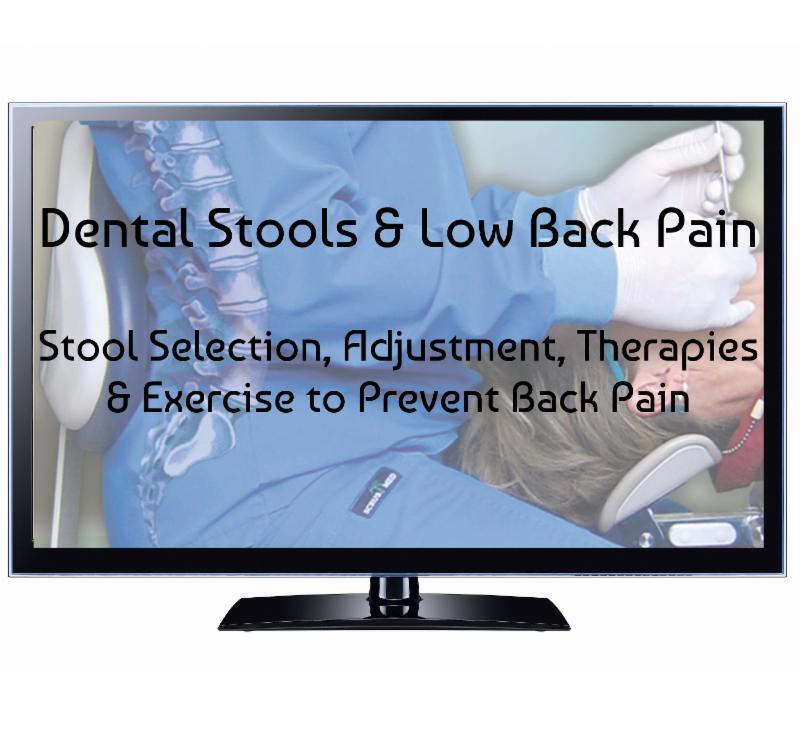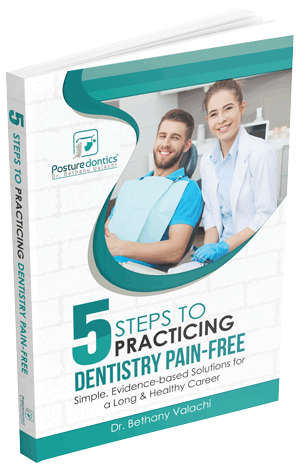-Dr. Bethany Valachi-
Among the general population, about 1 in 6 people would tell you they’ve experienced low back pain in the past 12 months. Among dental professionals, the prevalence is 1 in 2!
So what causes low back pain in dentistry? There are numerous causes, including:
- Non-ergonomic dental stools
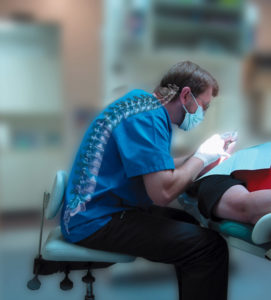
- Improper adjustment of the stool (i.e. sitting with thighs parallel to floor)
- Poor fit of the stool to the operator
- Poor body mechanics in the operatory
- Incorrect patient positioning (poor control of the occlusal plane)
- Incorrect rheostat position
- Incorrect adjustment of double articulating headrest vs.flat headrest
- Wrong exercises that worsen painful muscle imbalances
- Up-regulation of the autonomic nervous system (especially unsatisfactory work environment & family conflict)
- Trigger points
An important first step in resolving low back pain is ensuring that your dental stool is properly adjusted to maintain & support your lumbar curve. Run through this checklist to ensure that your dental stool is supporting you, and not contributing to low back pain.
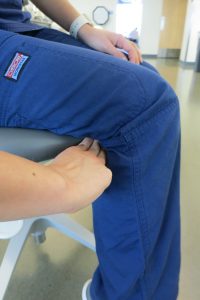
- Can you easily fit 3 fingers behind your knee without touching the seat? If not, the seat pan is too deep, you may be ‘perching’ on the seat edge. You should probably select a stool with a shorter seatpan.
- Are your hips higher than your knees? If not, your lumbar curve is likely flattened–a risk factor for disc herniation.
- If you have a traditional stool, is your seat pan tilted slightly forward? Tilting the seat forward facilitates a lumbar curve.
- If you have a saddle-style stool, is your seat adjusted flat? Most people should keep the seat flat on saddle-style stools.
- Do you have hyper- or hypo-lordosis? If so you’ll need to make adjustments to prevent low back pain.
- Is the backrest snugly contacting your back when you sit up straight? Research shows that being in contact with a backrest is one of the most important factors in preventing low back pain.
Properly selecting & adjusting your dental stool is just the first step in preventing low back pain in dentistry!
The next steps are equally important, and include:
- How to select an ergonomic dental stool that fits YOU!
- Perform a test to determine if you have hyper- or hypo-lordosis that requires special stool adjustment.
- Correctly positioning patient & headrest, for optimal posture
- Proper body mechanics in the operatory
- Correcting muscle imbalances with muscular endurance training
- Implementing effective, evidence-based therapies for low back pain
- Treating trigger points
- Down-regulating the autonomic nervous system
Want to resolve your low back pain NOW?
Check out Dr. Valachi’s evidence-based low back pain video course:
50% OFF your first Video Course

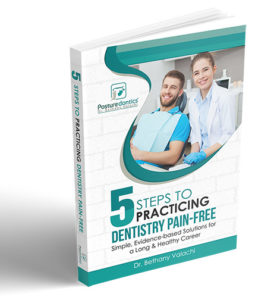 How can you protect your back, neck, shoulders, and hands for a long and healthy career?
How can you protect your back, neck, shoulders, and hands for a long and healthy career?
